3. Sensory and Perception (Ch 5)
3.1 Attention
- Sensation
- transforming energy from outside stimuli into neural energy
- Perception
- taking neural energy and creating an image of outside world
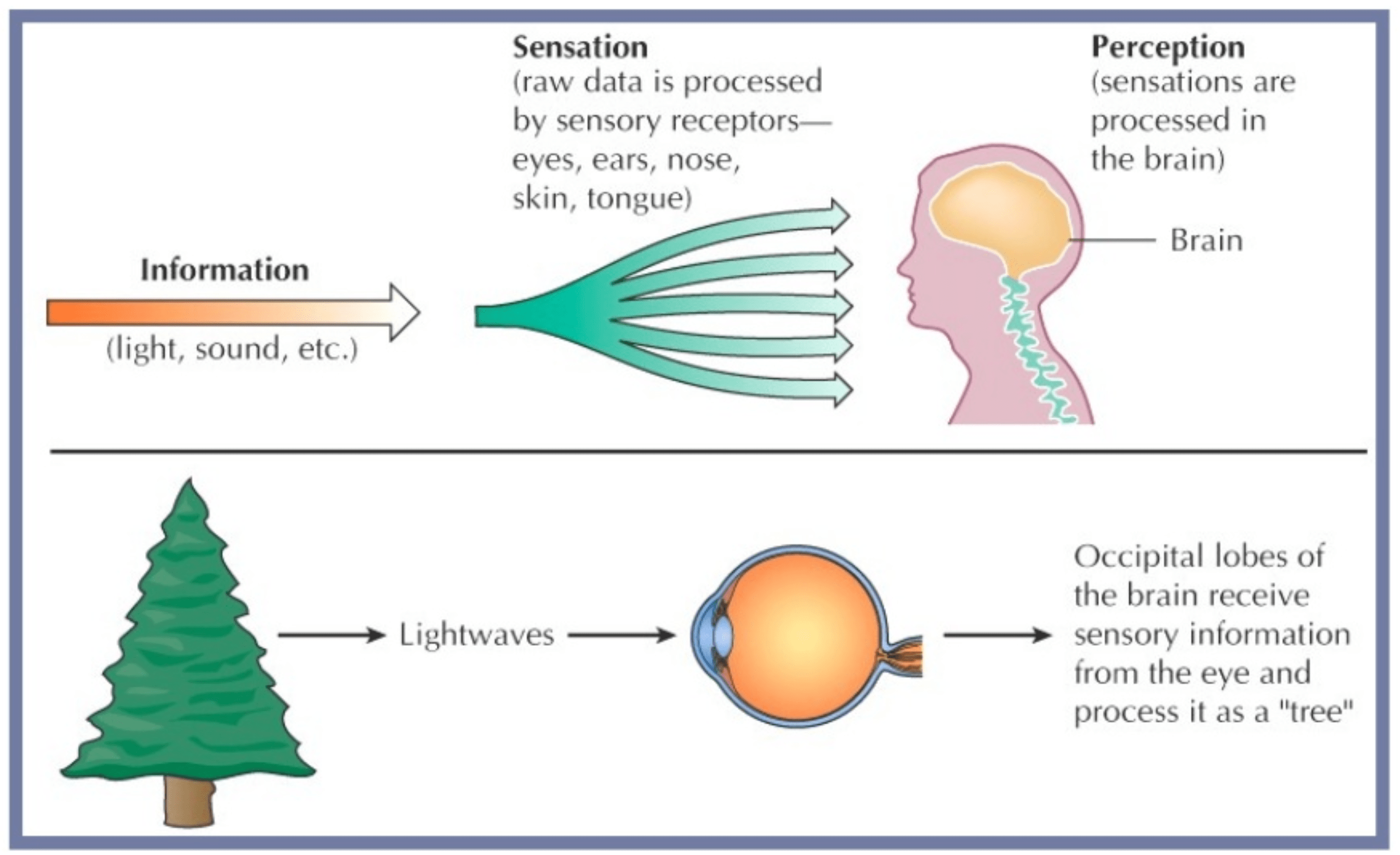
Psychophysics
- levels of intensity we can detect stimuli
- how sensitive we are to changes in stimulation
- how psychological factors influence our ability to sense stimuli
Psychological factors
- motivation, past experience and expectation that impact our ability to notice stimuli
- Signal detection theory: how people respond to different degress of stimuli
- Important to detect differences between stimuli as well as their absence or presence
Selective attention
The amount of information we can hold in our awareness is less than what exists in the given environment
Our ideas about reality are chosen, organized and interpreted
Perception is constructing meaning out of sensation
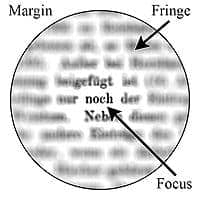
3.2 Other Senses
Somesthesis is the body’s sense of touch and is broken down into three systems:
- the skin sense: keep bodily fluids in and germs out
- the kinesthetic sense: knowing how your body is moving without visually observing ing
- vestibular sense: keeps the body balanced, sense of balance
Olfaction is the body’s sense of smell
- Chemical compounds of a specific “smell” travel through the nose to the brain
- first processed by the olfactory bulb
Olfactory bulb has direct connections to amygdala and hippocampus which are strongly implicated in emotion and memory
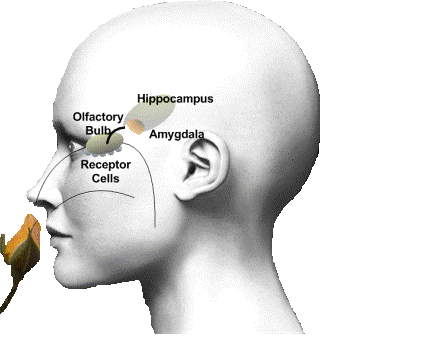
Gustation is the body’s sense of taste
- Promotes nutritional needs and protects from poisonous food
- Bitter, sweet, salty, sour and unami (savory) are the five main types of taste
Vestibular system
- sensory information pertaining to motion, equilibrium and spatial orientation
- Located in each ear- utricle, saccule and three semicircular canals
- utricle and saccule detect gravity and linear movement
Keeps eyes on target when head moves
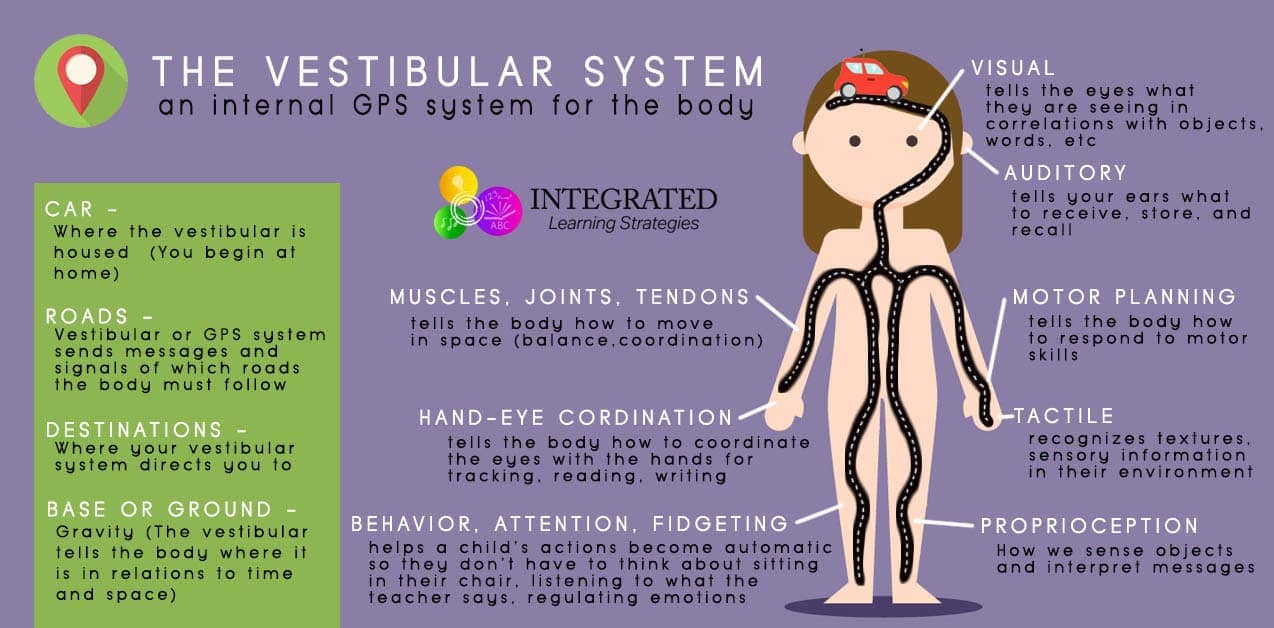
3.3 Perceptual Development
What is the origin of our capacities? Nature or upbringing?
Ecological (nature)
- some abilities are present at birth and fine-tuning of perceptual processes occurs throughout the lifespan
- Constructivism (nurture)
- construction of perception through learning and reliant on specific experiences
3.4 Perceptual Processes
Depth Perception
allows us to estimate distances between ourselves and objects we see
binocular cues (both eyes): Retinal Disparity
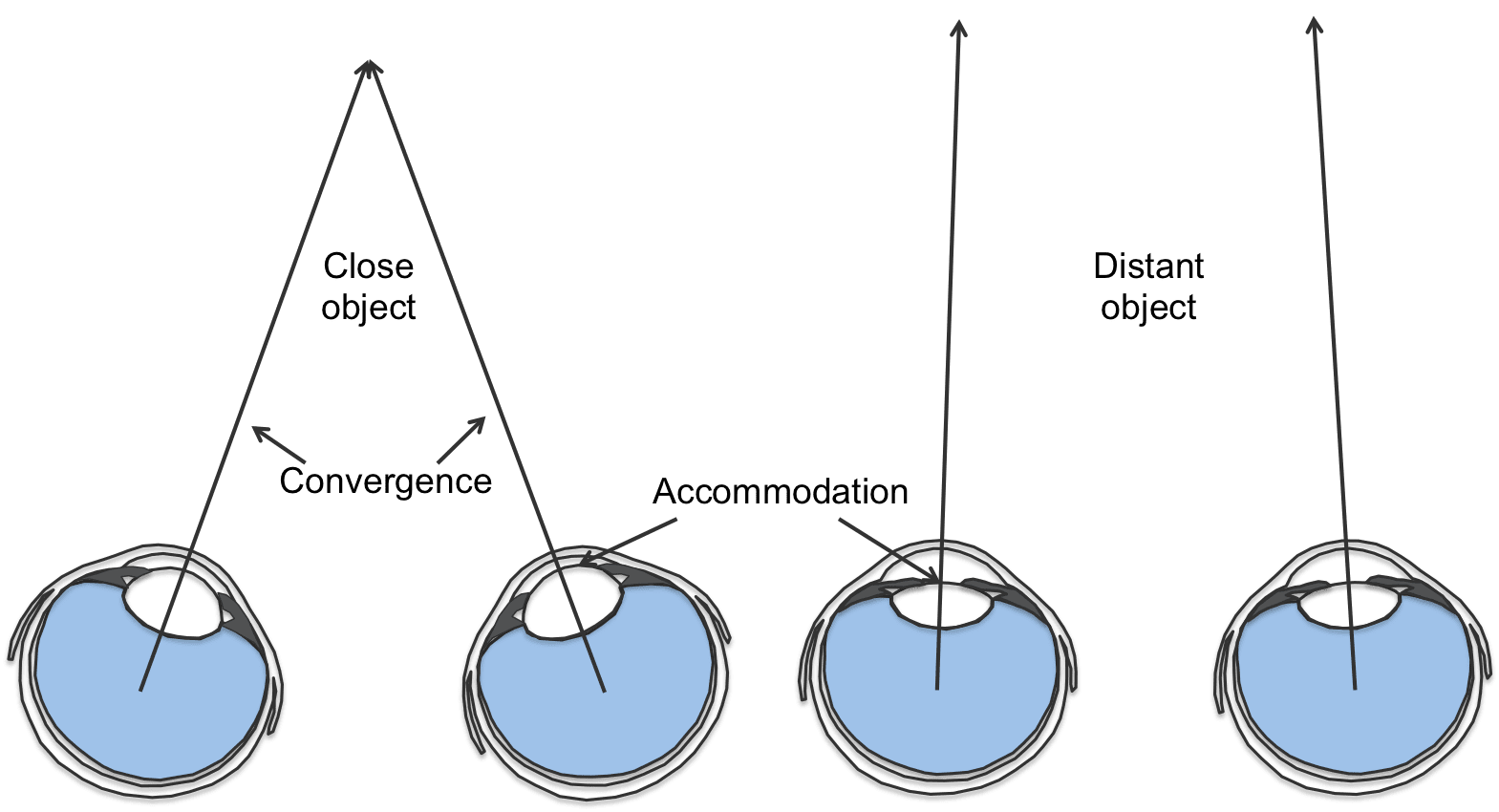
monocular cues (one eye): Linear Perspective
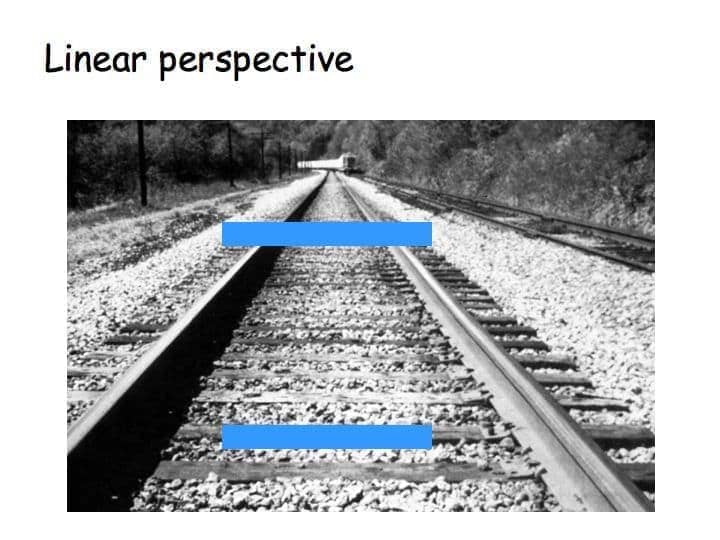
Motion parallax: the apparent movement of stable objects when we are moving

Interposition: when one object partially blocks out another
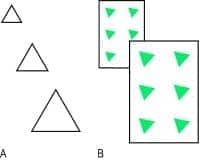
Perceptual cues are hardwired but our experiences also shape our perception
- sensory restriction: only has an effect in childhood when systems are forming
- suggest a critical period for certain perceptions to be developed
Processing of information occurs in:
- bottom-up: simple sensory receptors to complex neural networks
- top- down: expectations, motives and contextual cues to raw sensory data
3.5 Receptor Processes
- Vision allows for the processing of visual detail through use of the eyes
- detects and interprets information from visual light
- build representation of the surrounding environment
- Audition is the process of taking in sound through the ear and having it travel to the brain
- taken to language center of brain to be interpreted
Quiz
- Damage to an individual’s parietal lobes is most likely to result in
- (A) a heightened sense of smell
- (B) reduced sensitivity to touch
- (C) decreased reaction time
- (D) a loss in the ability to understand spoken language
- (E) difficulty discriminating between the four

- The picture above of a road receding in the distance represents the depth perception cue known as
- (A) accommodation
- (B) retinal disparity
- (C) texture gradient
- (D) relative size
- (E) linear perspective
Which of the following cortical areas is most closely associated with vision?
(A) Frontal
(B) Prefrontal
(C) Temporal
(D) Occipital
(E) Parietal
- The receptors for hearing are the
- (A) ossicles in the middle ear
- (B) otoliths in the semicircular canals
- (C) hair cells on the basilar membrane
- (D) specialized cells on the tympanic membrane
- (E) cells in the lining of the auditory canal